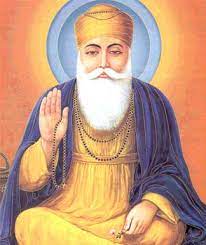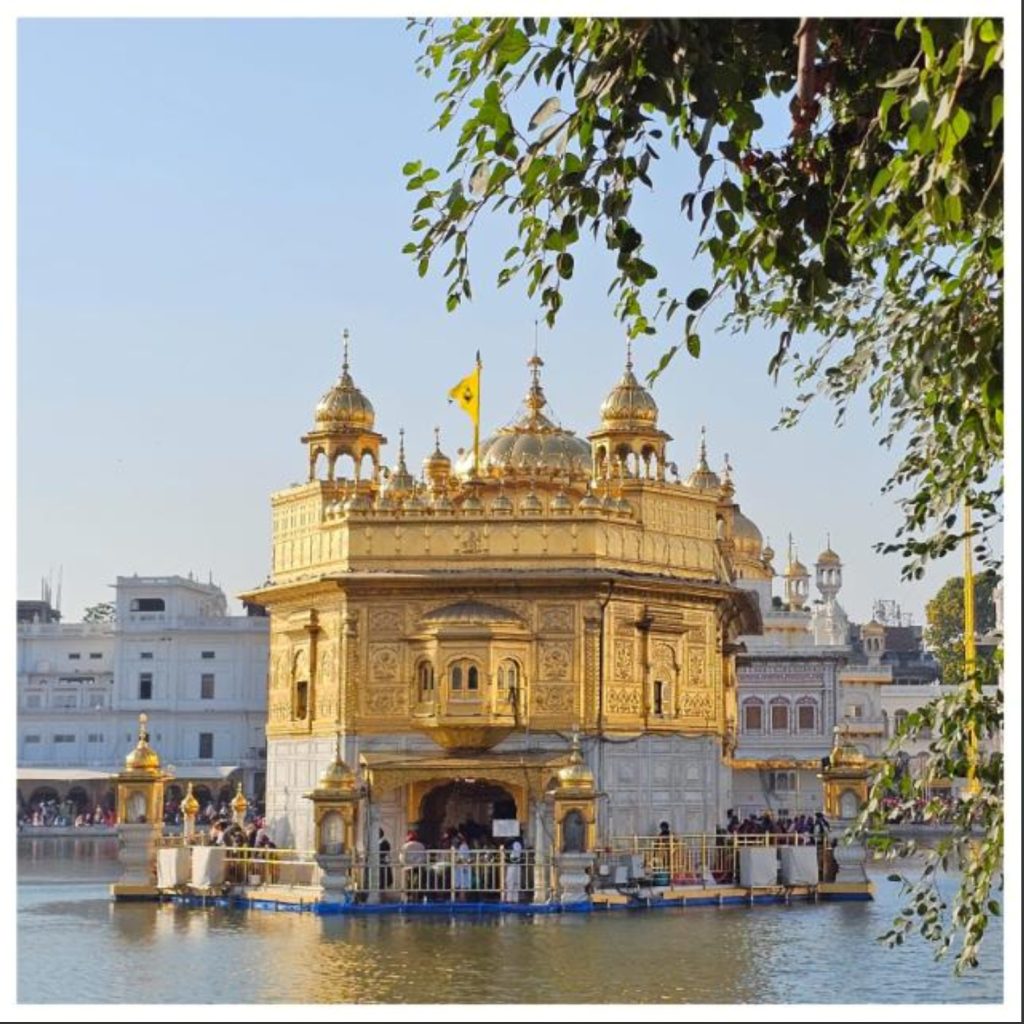BHAGO, MALIK, was, according to Sikh chroniclers, the Hindu steward of the Muslim chief of Saidpur, present day town of Eminabad, now in Gujranwala district of Pakistan, during the days of Guru Nanak. The tradition relates that once while Guru Nanak was staying with Bhai Lalo, a poor carpenter, in the town, Malik Bhago gave a feast to which Guru Nanak, along with other holy men and dignitaries, was invited. As the Guru declined the invitation, the Malik had him summoned to his presence and asked the reason for his refusal.
Explore the Phunhe poetic meter in Guru Granth Sahib, expressing deep devotion and longing for the Divine. Discover its origins and spiritual significance.
Explore Var Suhi Ki in Guru Granth Sahib—delve into the contrast of true devotion and hypocrisy, and the path to divine realization.
Explore the iconic Golden Temple, a symbol of faith and peace, accessible to all in Amritsar. Visit this architectural marvel surrounded by its sacred pool.
Explore the life of Pritam Das, a revered Udasi saint who established the Parichayali Akhara and Nirban Akhara, shaping Udasi Sikh history.
BIHAGRE KI VAR, by Guru Ram Das, is one of the twenty-two vars included in the Guru Granth Sahib. The Var, originally comprised pauris which were prefaced with slokas, or couplets, by Guru Arjan at the time of the compilation of the Guru Granth Sahib. All the twenty-one pauris are of the composition of Guru Ram Das. Of the forty-three slokas, thirty-three are by Guru Amar Das, four by Guru Nanak, two each by Guru Ram Das and Guru Arjan, one by Kabir and one by Mardana. Each pauri is preceded by two sJokas except pauri 12 which has three sJokas prefixed to it.
Discover the inspiring story of Hema Bhai, a devout Sikh whose humble hospitality to Guru Arjan during a storm left an unforgettable legacy.
Discover Pehli Patshahi Gurudwara, where Guru Nanak's teachings transformed lives. A spiritual landmark in Lahore's bustling Sirianwala Bazaar.






